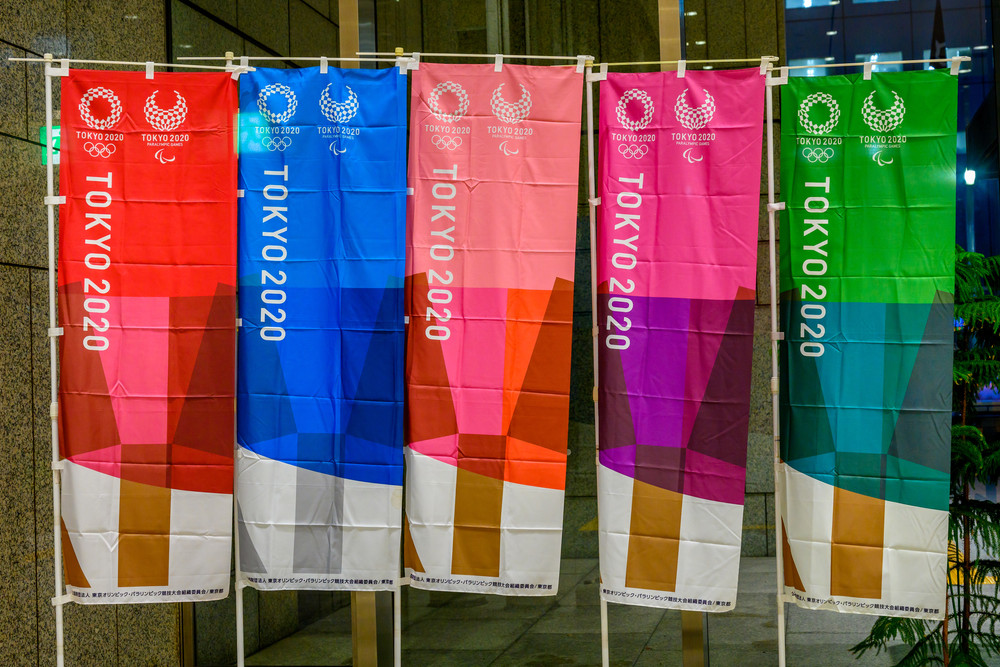Before the first event even began at the 2020 Tokyo Olympics, Japan had already achieved something extraordinary: transforming electronic waste into 5,000 Olympic medals. In a bold and innovative move, the Tokyo Organizing Committee announced that all the gold, silver, and bronze used for the Games’ medals — roughly 7 tons of metal in total — had been extracted entirely from discarded electronics like smartphones, laptops, and other devices.
This unprecedented achievement stunned the world and earned Japan informal praise as the “Olympic environmental champion.”
Mining precious metals from old electronics
Many people may not realize it, but electronic waste is surprisingly rich in valuable materials. On average, a smartphone contains 0.05 grams of gold, 0.26 grams of silver, and 12.6 grams of copper. A single laptop holds nearly 10 times the gold content of a phone.
Recognizing this, Japan launched the Tokyo 2020 Medal Project in April 2017. The goal: to collect 30.3 kg of gold, 4.1 tons of silver, and 2.7 tons of copper — all from recycled electronics.
Historically, Olympic host countries purchased their medal metals from mining companies or received donations from jewelers. For instance, the 2004 Athens Olympics used 13 kg of pure gold, 1 ton of silver, and 1 ton of bronze. The 2008 Beijing Games featured medals inlaid with Hetian jade. Japan, however, took a radically different approach.

Starting in 2016, the organizing committee held a series of planning meetings and eventually launched a nationwide appeal: “Don’t throw away your old phones and computers — support the Olympics and support your country!”
A national effort to turn trash into treasure
At first, skeptics scoffed. Some called the initiative “a fantasy” and mocked it as a cost-cutting gimmick disguised as environmentalism. But over the next two years, more than five million phones and nearly five tons of other electronic devices were donated by the public.
By early 2019, the committee reported that 93.7 percent of the gold, 85.4 percent of the silver, and 100 percent of the copper had already been collected. The remaining targets were met shortly afterward, well ahead of schedule.
This success would not have been possible without Japan’s rigorous system for waste separation and recycling. In Japan, even discarding an old refrigerator or television requires advance registration. Unauthorized disposal can lead to fines — or even criminal charges in extreme cases.
The dark side of e-waste in other parts of the world
While Japan’s system is widely praised, other countries have struggled with managing e-waste. In 2017, China surpassed the United States to become the world’s largest generator of electronic waste. That year alone, Chinese citizens discarded roughly 100 million computers, 40 million TVs, 20 million air conditioners, and 10 million refrigerators.
Improper handling of these materials can lead to severe environmental damage. Many of these devices contain harmful substances such as lead, mercury, hexavalent chromium, and flame retardants like PBBs and PBDEs — chemicals that are carcinogenic and can permanently contaminate soil, air, and water. Even a single button battery, if disposed of improperly, can ruin over one cubic meter of soil.

The demand for precious metals has also given rise to illegal and dangerous recycling operations. In some places, workers extract materials through crude methods like open burning, exposing themselves to toxic fumes while causing irreversible harm to the environment. One study found that in Guiyu, a town once notorious for e-waste dumping in China, children aged 1–6 had dangerously high levels of lead in their blood. In another village in Hebei Province, surface water became undrinkable, and residents had to rely on wells drilled 3,000 meters (almost 2 miles) deep.
A culture of respect for material things
Japan’s success is about more than policy — it reflects a deeply rooted cultural attitude toward objects. Unlike in many countries where old items are quickly discarded, many Japanese people prefer to pass them on. Secondhand stores are popular and often beautifully designed, resembling boutique shops more than thrift stores. These shops typically partner with professional cleaners to ensure that used goods are hygienic and appealing.
Some store employees are skilled at repairing and refurbishing old items, giving worn-out clothes and household goods a second life. And many shops attach personal notes to their items — like a dress with a tag that reads: “Bought in Italy during our honeymoon. I’m no longer as slim, but I’d be happy if someone else could enjoy it.”
Browsing these stores becomes more than a shopping trip — it’s a window into people’s lives. In this way, Japan has transformed the concept of waste into something meaningful, showing how sustainability can be infused with both creativity and care.
Translated by Patty Zhang
Follow us on X, Facebook, or Pinterest

